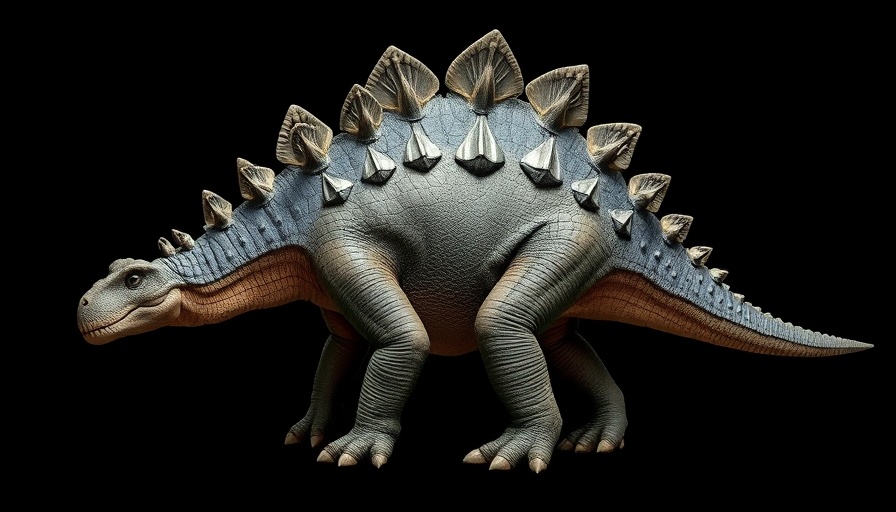
Unveiling an Unexpected Revelatory Fossil Discovery
The fossil record is filled with surprises, but few are as astonishing as the recent findings surrounding the oldest known armored ankylosaur. This discovery has unraveled not just a glimpse into the past, but a striking narrative about the evolution of these remarkable dinosaurs. Found in the Late Jurassic sediments, this species is believed to have lived approximately 150 million years ago and is now prompting paleontologists to rethink previous assumptions surrounding their armor and size.
Strange But Fascinating Features
This ankylosaur, recently unearthed in a dig, has been described as “far weirder” than scientists had anticipated. What sets it apart is its unique blend of characteristics that diverge from those of its more recognizable relatives. Unlike the bulky forms typical in later ankylosaurs, this ancient creature showcases more elongated limbs and a distinct skull shape. These differences raise important questions: How did variations in environmental conditions influence the evolution of this dinosaur?
Significance of Size and Adaptation
The size of this newfound ankylosaur is particularly noteworthy. Previously, it was accepted that these land-dwellers were primarily large and heavy, covered in armor plates for defense. However, the new fossil suggests it may have been smaller, emphasizing a potential adaptability to survive in a diversity of habitats, which may have allowed these creatures to thrive in different ecological niches.
Connection to San Diego’s Paleontological Landscape
Given San Diego's rich history of paleontological exploration, these findings resonate strongly within the local community. The discovery not only highlights the ongoing research initiatives in the region but also reinforces San Diego’s position as a hub for understanding prehistoric life. As local residents, we have the unique opportunity to learn about our natural history through events hosted by institutions such as the San Diego Natural History Museum, which often showcase finds like these, allowing the public access to paleo-sciences.
Broader Implications for Paleobiology
This revelation holds broader implications for our understanding of paleobiology and the evolutionary paths of dinosaurs. Such findings could influence how scientifically minded individuals view prehistoric creatures and the adaptive strategies they employed. This calls for a re-examination of phylogenetic trees considering these unexpected fossil features, as paleobiologists learn more about how these species interacted with their environments.
What Lies Ahead for Paleontological Studies
As scientists and enthusiasts alike dive deeper into the intricacies of these ancient creatures, a wealth of questions arises. Will other unexpected evolutionary traits surface as more fossils are discovered? The future is certainly rich with possibilities. Increasing collaboration among universities, museums, and local fossil hunters could uncover even more about our prehistoric past, providing fresh insights.
Conclusion: Connecting with Our Ancient Past
For San Diego residents interested in connecting with our ancient past, this discovery provides an exciting glimpse into the world of dinosaurs. Engaging with local exhibitions, participating in educational programs, and supporting paleontological research can keep the community informed and involved. By understanding our prehistoric inhabitants, we can gain perspective on natural history and our place within it, making our current journey all the more precious.
 Add Row
Add Row  Add
Add 




Write A Comment